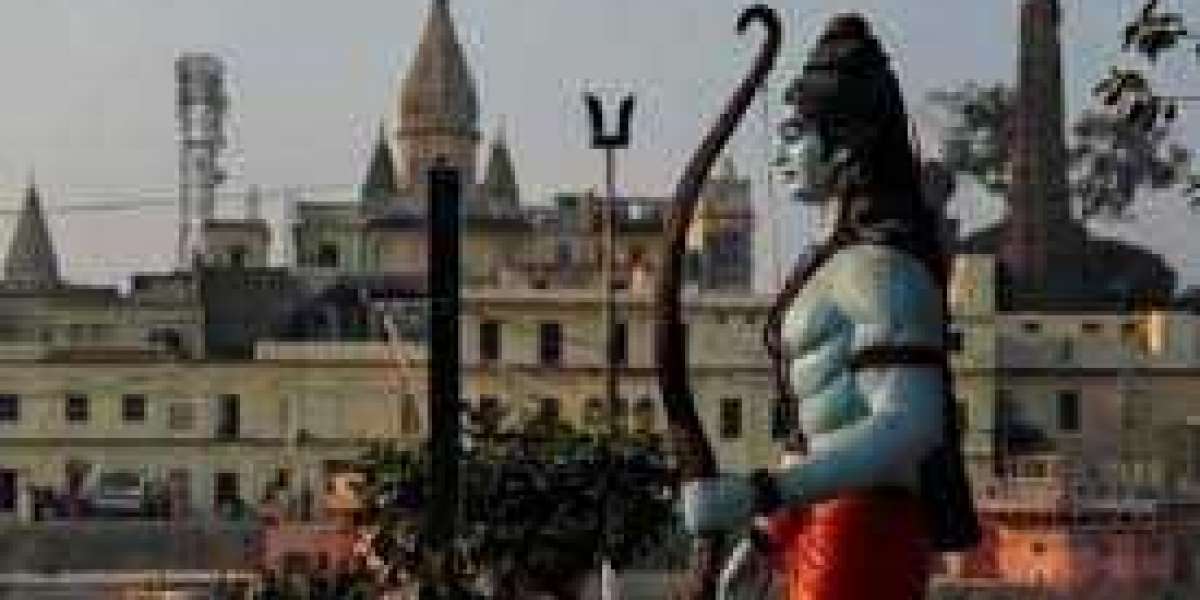Preparation are at full tilt for the bhoomi pujan ceremony at Ayodhya. This takes place exactly a year after article 370 and 35A were scrapped by the Modi Government reducing the autonomy-seeking regions to merely Union Territories. The ceremony in Ayodhya will undoubtedly show the victory of Hindutva over the minority “appeasement”.
Dreadfully, even after this triumph, catches remain in the majoritarian claim.
At Kakarpura village, 20 miles from Agra a Dalit women’s corpse was removed from the pyre under upper-caste social pressure, and despite police intervention it was taken somewhere else to be cremated. After 6 hours of altercation a balance was achieved, needless to say tilted towards the dominant group.
70 years into our republican existence and the caste system amongst the Hindu belt is still prevalent. A civil war exists, rubbishing the political-Hindutva assertions that a Hindu culture inspires India’s national identity.
However alike may be the situation of blacks in America and Dalits in India, imagining a repulsion of the sort ongoing in America is quite a distant dream for India. Because unlike America slave trade or Apartheid, India’s caste system is not rooted in any government policy but is a deep rooted cultural belief and holds a long history of oppression and discrimination. Caste based social structure continues to influence life in India and make us question religion and faith. The story of this dead Dalit women surely does not represent the Vasudeva kutumb kum belief that the world is one family when in fact, even Hindus are not one family. How are we then expected to accept religious affiliation as a legitimate basis for nationalism.
On this day Dalits and Kahmiris may well be of one mind that citizenship in India may be legally universal, in actuality is a matter of social choice. So what does August 5 ultimately represent? The success of the Hindutva belt or just the upper-caste?
The very essence of ramatva lies in egalitarianism. Bhagwan Ram might have eaten shabri's have eaten berries, but the seeds of discrimination based on caste he intended to eradicate remain fertile.







